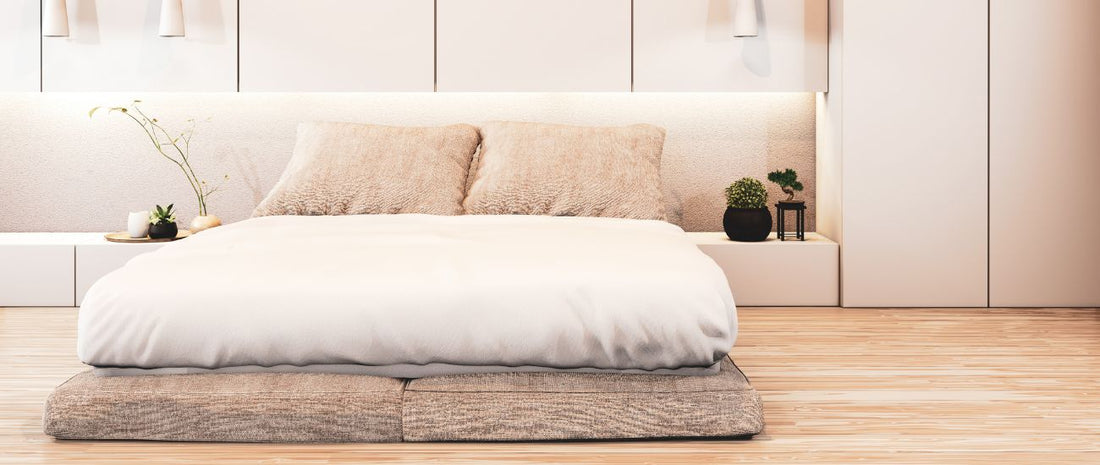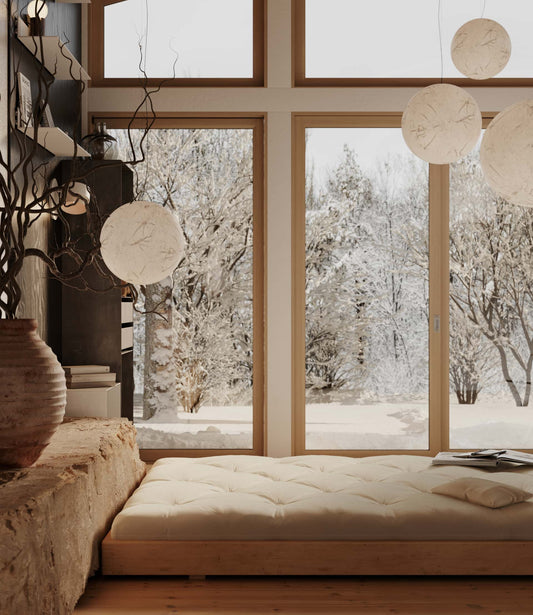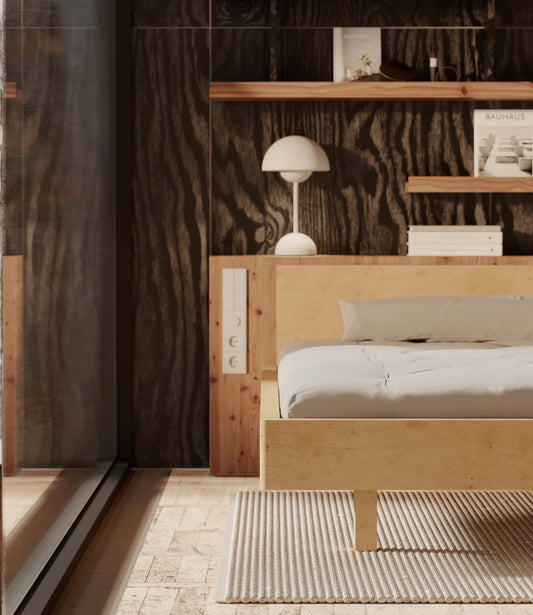In today’s health-conscious world, finding the right mattress isn’t just about comfort—it’s about creating a sleep environment that promotes overall wellness. For those suffering from allergies or sensitivities, a hypoallergenic mattress can be a game-changer. Let’s explore what makes a mattress hypoallergenic and why it might be the key to your most restful sleep yet. A hypoallergenic mattress is essential for a clean and allergy-free night's sleep.
What to Look for in a Hypoallergenic Mattresses
Definition and benefits of hypoallergenic mattresses
Hypoallergenic mattresses are specially designed to reduce allergies and prevent triggering allergic reactions. These sleep surfaces work by absorbing excess moisture and preventing the buildup of bacteria, dust mites, and other common allergens. Made from materials with anti-bacterial and antimicrobial properties, hypoallergenic mattresses provide a cleaner, healthier sleeping environment.
Importance of considering allergies in mattress choice
Choosing a hypoallergenic mattress is crucial for those who suffer from seasonal allergies or are sensitive to dust. It’s an ideal choice for anyone looking to maintain a clean and hygienic sleep space. Moreover, these mattresses are particularly beneficial for children with developing immune systems, offering extra protection against allergens that could disrupt their sleep and health. Hypoallergenic mattresses help create an allergy-free sleep environment.
Understanding Anti-Allergy Mattresses
How anti-allergy mattresses work to prevent allergies
Anti-allergy mattresses combat allergens through two primary methods: they absorb moisture and prevent bacteria. By keeping the sleeping surface dry and inhospitable to microorganisms, these mattresses create a barrier against common allergens like dust mites and mold spores.
Features to look for in an anti-allergy mattresses
When shopping for an anti-allergy mattress, consider options with either open or closed cell structures, as both can be effective in preventing allergen buildup. Look for mattresses featuring special fibers designed for allergy sufferers. While many modern materials offer hypoallergenic properties, it’s worth considering natural options as well, such as certain types of futon mattresses made from organic materials. Additionally, Sealy Smart Fibres are a feature to look for in anti-allergy mattresses.
The Role of Dust Mites in Mattress Allergies
How dust mites contribute to allergies
Dust mites are microscopic creatures that thrive in warm, humid environments—like your mattress. They feed on dead skin cells and their waste products can trigger allergic reactions in sensitive individuals. Traditional mattresses can become a haven for these tiny pests, leading to ongoing allergy symptoms and poor sleep quality.
How to prevent dust mites in your mattress
To combat dust mites, consider mattresses made with hypoallergenic materials. While closed cell structure mattresses are often recommended, some natural materials used in futon mattresses can also be effective. Regular maintenance, such as washing bedding in hot water and using mattress protectors, can further reduce dust mite populations.
Types of Hypoallergenic Mattress Materials
Memory foam mattresses and their benefits
Memory foam mattresses are popular for their hypoallergenic properties. Their dense structure makes it difficult for dust mites to penetrate and thrive. These mattresses are also known for their ability to contour to the body, providing excellent support for various sleep positions.
Latex mattresses and their advantages
Natural latex mattresses offer hypoallergenic properties and an open cell structure that resists dust mites. They're breathable, moisture-absorbing, and have inherent anti-microbial properties. However, those with latex allergies should explore alternative options.
Natural futon mattresses: An overlooked hypoallergenic option
While memory foam and latex often dominate the hypoallergenic mattress conversation, natural futon mattresses deserve consideration. Made from materials like organic cotton or wool, these mattresses offer several hypoallergenic benefits:
- Natural resistance to dust mites and allergens
- Excellent breathability, reducing moisture buildup
- Typically free from harsh chemicals or flame retardants
- Easy to maintain and clean regularly
- Customizable firmness for personalized comfort
Choosing the Best Hypoallergenic Mattress for You
Factors to consider when selecting a hypoallergenic mattress
When choosing a hypoallergenic mattress, consider your personal preferences for firmness and comfort. Think about your specific allergy needs—whether you're more sensitive to dust mites, pet dander, or other allergens. Look for certifications from reputable organizations that validate a mattress's hypoallergenic claims.
Tips for creating an allergy-friendly sleep environment
To maximize the benefits of your hypoallergenic mattress:
- Keep your bedroom free of common allergens like dust and pet hair
- Change your clothes before bed to avoid bringing outdoor allergens into your sleep space
- Use a high-quality mattress protector as an additional barrier against allergens
- Maintain low humidity levels in your bedroom
- Vacuum regularly with a HEPA filter vacuum cleaner
Conclusion
Recap of the importance of hypoallergenic mattresses for a restful sleep
Hypoallergenic mattresses offer a path to better sleep for allergy sufferers and health-conscious individuals alike. By reducing exposure to common allergens, these mattresses can significantly improve sleep quality and overall well-being.
As you explore your options, don't overlook natural alternatives like futon mattresses. These versatile sleep surfaces can offer many of the same hypoallergenic benefits as their more widely marketed counterparts, often with the added advantages of natural materials and customizable comfort.
Remember, the best anti allergy mattress for you is one that not only addresses your allergy concerns but also provides the comfort and support you need for truly restful night's sleep. Sweet dreams and breathe easy!




